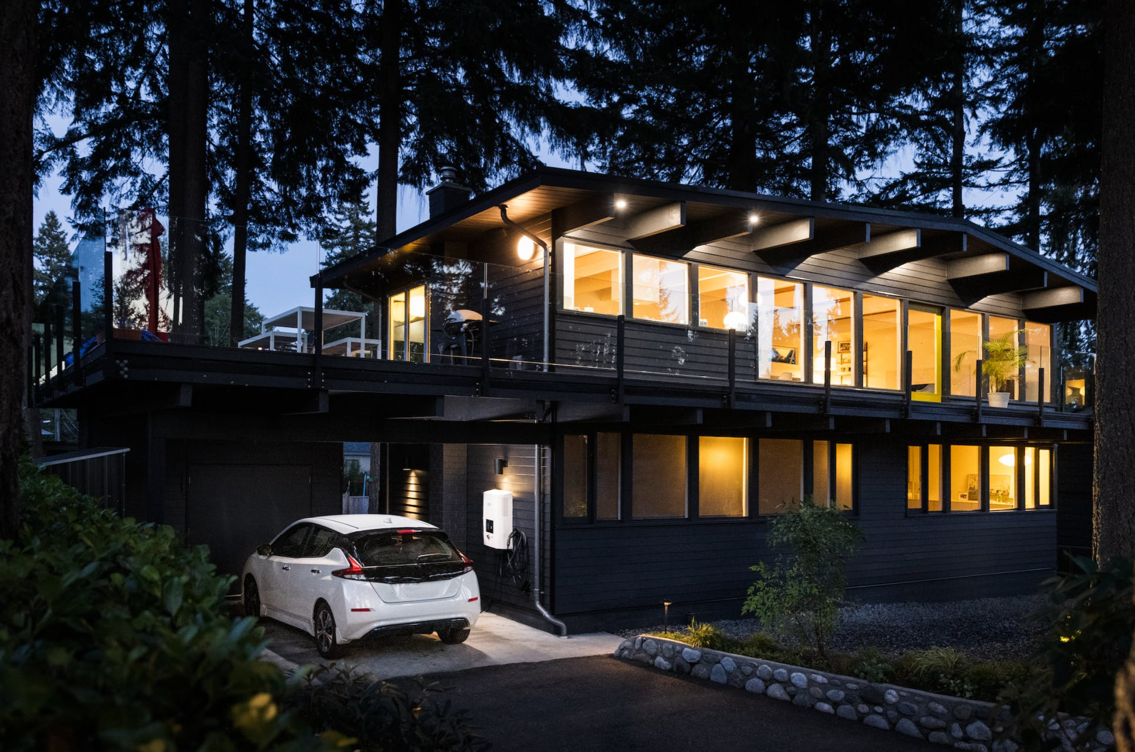It’s an exciting time as you commence on the journey of being a first-time dog owner. As you welcome a new furry friend into your home, there are important responsibilities and considerations to ensure a positive experience for both you and your pet. From meeting your dog’s basic needs to establishing routines, training, socializing, and maintaining their health, this guide will provide you with necessary tips and advice to help you become a responsible and loving dog owner.
Key Takeaways:
- Basic Needs: As a first-time dog owner, it is crucial to meet your pet’s basic needs such as food, water, exercise, and attention.
- Building Relationships: Building a strong relationship with your dog through trust, communication, and spending quality time together is crucial for a positive experience.
- Training and Safety: Training your dog with positive reinforcement, socializing, and ensuring their safety by providing a safe environment and regular veterinary care are key responsibilities of responsible ownership.
Essential Tips for First-Time Dog Owners
Building a Strong Relationship
For a first-time dog owner, building a strong relationship with your new pet is crucial. Tips for enhancing this bond include gaining your dog’s trust through consistent care, positive reinforcement, and spending quality time together. Communicate with your dog through body language, verbal cues, and affection, to develop a deep connection.
Training and Socialization
For effective training and socialization, use positive reinforcement methods to teach your dog important commands such as sit, stay, come, and heel. Socialize your dog early on by exposing them to different environments, people, and other animals to ensure they grow into a well-adjusted and friendly companion. Understanding your dog’s behavior and needs is key to successful training.

For instance, enroll your dog in obedience classes or work with a professional trainer to address specific behavioral issues and enhance their skills. Consistent training and socialization will help your dog become a well-behaved member of your family.
Ensuring Safety and Health
An crucial aspect of responsible pet ownership is ensuring the safety and health of your dog. Limit their access to potentially dangerous areas, provide a secure space at home, and keep the environment free from hazards. Maintain your dog’s health by providing proper nutrition, regular vaccinations, grooming, and considering pet insurance for unexpected medical expenses.
Knowing when to seek veterinary care and understanding common health concerns for your dog’s breed will help you keep them healthy and happy for years to come.
Establishing Routines and Providing a Comfortable Environment
Establishing a routine for feeding, exercise, playtime, and rest will help your dog feel secure and balanced. Consistency in daily activities and creating a comfortable environment with a cozy bed, toys, and a designated area for meals and relaxation are important for your dog’s well-being.
Another crucial factor in providing a comfortable environment is keeping your dog mentally stimulated and physically active. Regular walks, interactive toys, and engaging with your dog in different activities will prevent boredom and behavioral issues.
Final Words
Conclusively, as a first-time dog owner, it is crucial to prioritize meeting your pet’s basic needs, building a strong relationship, training effectively, and keeping them safe and healthy. By following the imperative tips and advice outlined in this comprehensive guide, you can ensure a positive experience for both you and your new furry friend. Remember to provide a comfortable environment, establish routines, socialize your dog, and address any behavioral issues promptly to build a happy and fulfilling bond with your canine companion.
Being a responsible dog owner is a rewarding journey that requires time, effort, and dedication. With patience, consistency, and love, you can create a harmonious and joyful relationship with your new pet. Embrace the challenges, cherish the milestones, and remember that you are not alone on this adventure – you have a loyal, loving companion by your side every step of the way. Enjoy the companionship and unconditional love that comes with being a dog owner, and may your bond with your furry friend grow stronger with each passing day.
FAQ
Q: What are the basic needs that a first-time dog owner should meet for their pet?
A: A first-time dog owner should ensure their pet has food, water, exercise, and attention to meet their basic needs.
Q: How can a first-time dog owner build a strong relationship with their new pet?
A: Building a strong relationship with a dog involves establishing trust, communication, and spending quality time together.
Q: What are some important training techniques for a first-time dog owner?
A: First-time dog owners should utilize positive reinforcement, socialization, and teaching commands like sit, stay, come, and heel for effective training.
Q: How can a first-time dog owner keep their dog safe in their environment?
A: To keep a dog safe, owners should limit access to certain areas, provide a safe space, and ensure the environment is hazard-free.
Q: What are the key aspects of maintaining a dog’s health for a first-time dog owner?
A: First-time dog owners should focus on proper nutrition, vaccinations, grooming, and consider obtaining pet insurance to maintain their dog’s health.


























